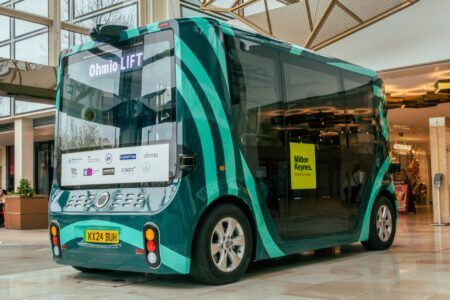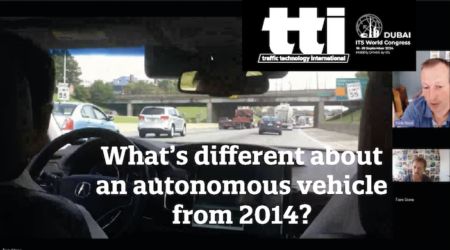The National League of Cities (NLC) has released a new report that offers an analysis of current regulations surrounding autonomous vehicles (AVs), as well as an overview of successful pilot programs and best practices from cities around the USA.
Representing more than 19,000 urban environments across the USA, the NLC’s new report, Autonomous Vehicle Pilots Across America, notes that AV technology is an emerging issue that will increasingly affect the country’s cities, and policy surrounding it is rapidly moving forward.
The organization’s latest research shows that more than 50% of the USA’s largest cities are preparing for AVs, up from less than 10% three years ago, and many cities are already successfully piloting the technology on their streets. The guide profiles six cities, Arlington (Texas), Boston (Massachusetts), Portland (Oregon), Pittsburgh (Pennsylvania), San Jose (California), and Chandler (Arizona), and their diverse approaches to piloting AVs.
The study shows that the interplay between state, local and the federal government will be critical to the roll-out of AVs. Between 2011 and 2017, 22 states passed 46 bills related to AV usage while five governors signed executive orders encouraging their development. Most of the legislative action expressly permitted AV pilots.
A boom in state action on AV policy is underway this year, with 28 states introducing, debating and/or passing 98 bills in this arena. Cities across the country have embraced different types of AV pilots, ranging from informal agreements to structured contracts between cities and companies.
Many city leaders have taken an active role in AV deployment where possible by introducing executive orders and resolutions, issuing requests for proposals, forming partnerships with companies, hosting conferences and engaging the public.
The NLC report’s recommendations for city leaders include:
• Determining local goals;
• Building a consortium by partnering with think-tanks, advocacy groups, technology companies, consulting firms, developers and research universities;
• Engaging the private sector;
• Looking to join or create a regional alliance;
• Scaling the pilot appropriately, taking financial, temporal, geographical and technical factors into the account;
• Working with the state;
• Pursuing a ‘phased’ plan that introduces AVs into the community gradually.
“We are fast approaching the time where we can take our hands off the wheel, and just sit back and enjoy the ride,” said Brooks Rainwater, senior executive and director of NLC’s Center for City Solutions.
“Many people are wondering when we will truly see robots rolling down our streets, but in many cities this is already a reality. By piloting autonomous vehicle technology now, cities are able to ensure that any new policies and processes are city-centered and can be molded to the needs of people first and foremost.”
Clarence E Anthony, CEO and executive director of the NLC, added, “Autonomous vehicles are set to radically shift how people move through cities. AVs have the potential to improve equity in transportation and create opportunities for vulnerable populations. By engaging with this new technology, cities are supporting the needs of their residents and meeting them where they are, both literally and figuratively.”




